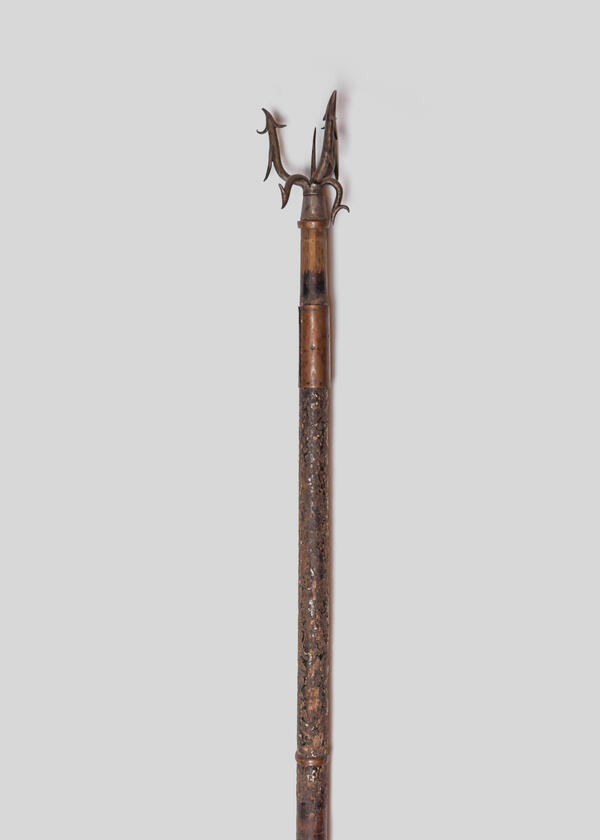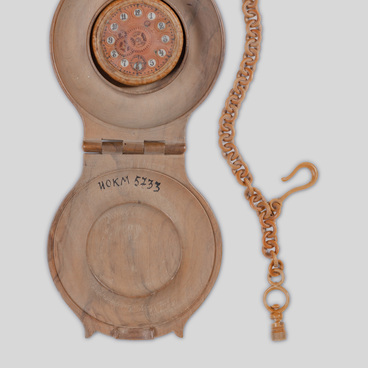The Ivanovo State Museum of Local History named after Dmitry Burylin keeps “rarities and antiquities” collected from all over the world. The founder of the museum had a goal of introducing Russian provinces to the best paintings and items of applied arts and crafts. Many items related to Oriental history took pride of place in the collection. Among them is a sodegarami — a Japanese wooden pole weapon.
Sodegarami translates from Japanese as “sleeve entangler”. A sodegarami was intended for catching criminals: it was used to entangle the sleeves and clothing of an individual who could then be more easily disarmed or dealt with. Sodegarami, along with sasumata and tsukubō, were used by the Edo period police.
As a matter of fact, using such a weapon could potentially result in someone’s death. The hilt was about two meters long and had a tip with multiple barbed heads facing forwards and backwards. The pike featured numerous spikes to keep the person being captured from grabbing the pole. Given the peculiarities of the Edo period clothing, it can be assumed that the sodegarami weapon was quite effective. The sodegarami could also be used to keep a sword-wielding criminal at a distance.
The sodegarami likely evolved from the yagaramogara, which was a long pole implement employed by naval forces. However, this is only an assumption. It is quite possible that the sodegarami was derived from a common firefighter’s pike pole.
The sodegarami was actively used in the period from the 13th century to the 15th century. The regular use of sodegarami led to the emergence of separate martial arts — sodegarami jutsu, sasumata jutsu, and tsukubō jutsu. Most of these martial arts are still practiced today.
The need for these weapons
gradually disappeared with the advent of firearms in Japan. But sasumata is in use
even today, for example, plastic sasumata weapons (without the spikes, of
course) are kept in many Japanese schools, only as a protective measure.



